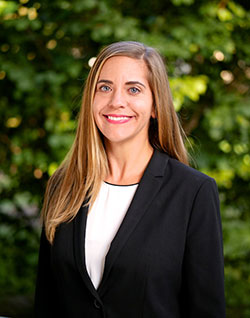
As the push for homes that are more environmentally friendly and sustainable, you are likely to hear a lot of eco jargon that might be confusing. If you are wanting to invest in a home that has these features, it is a good idea to familiarize yourself with the lingo!
Green building Concepts
ACC (or Autoclave Aerated Concrete)
ACC is a lightweight form of concrete, typically used in concrete blocks. Because of their dense nature they typically make the home built cost less to heat and cool.
Blower Door Tests
This is a test done to measure the airtightness of a building. A certified auditor will used a fan which he/she will mount on an exterior door to pull the air out of the house, to then test how it gets back into the house. This tests the house for unsealed cracks. Leaks are measured by the amount of air taken into what the air pressure is changed to. Less air than average means the home will have lower costs to heat and cool.
Building Envelope
A term used to describe a structure's physical separation of interior and exterior. This is another term that deals with the energy leakage of a home. The tighter a structure's envelope, the less a homeowner will spend on it to heat and cool the house.
XPS (Extruded Polystyrene)
There are four different kinds of foam in building construction insulation. XPS is one type of insulation, which has a higher insulation value than regular styrofoam, so a good choice for energy efficient building.
GHP (Geothermal Heat Pumps)
A geothermal heat pump is a type of heating and/or cooling system which uses the earth's energy to transfer heat from the ground. It can also be used for hot water supplies. A system of underground pipes runs in a loop to control the home's temperature. It reduces utility costs and fossil fuel usage.
Gray Water Systems
Gray water systems are a type of water conservation system installed in homes. These systems reuse "gently used" water (from laundry, baths, dishwashing, etc.) for things like toilet water, exterior washing, etc.
ICF (Insulating Concrete Forms)
ICF is used to hold concrete in place while it cures and it remains in place afterward to serve as insulation.
Low-Flow Water Fixtures
Low flow water fixtures reduce water flow without sacrificing performance of water pressure. You will more commonly see toilets and faucets with low flow options. use an aerator to reduce the flow of water while maintaining water pressure. Faucets and toilets are typically the most popular low-flow fixtures in a green building. These type of fixtures help reduce utility costs.
Photovoltaic System (or PV System)
A photovoltaic system is a type of solar power system made using solar panels. Solar panels on the roof catch light from the sun and convert it into energy.
R-value
R-Value is the capacity of a heating material (usually insulation) to resist heat flow. The higher the R-value the greater the insulation power. The more energy efficient your building materials are, the easier it is to keep your house warm in the winter and cool in the summer.
SIPs (Structural Insulated Panels)
Structural Insulated Panels a type of insulated panels that are made of a strong foam insulation in between two energy efficient pieces of plywood that are stronger and overall more efficient than traditional wood. They are used in wall and roof panels, typically. It reduces drafting, noise, moisture and helps with allergens.
Xeriscaping
Xeriscaping is a type of landscaping method that is used for water conservation. This method uses plants that can withstand drought, so great for areas which have water restrictions with irrigation systems.



